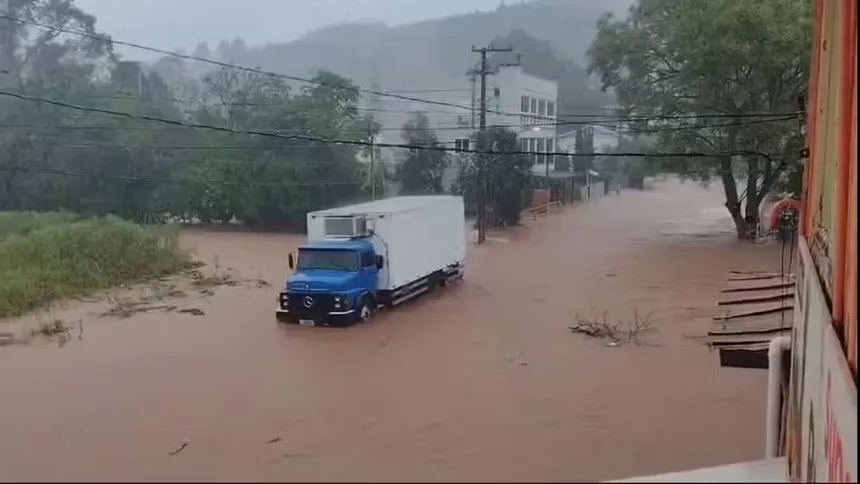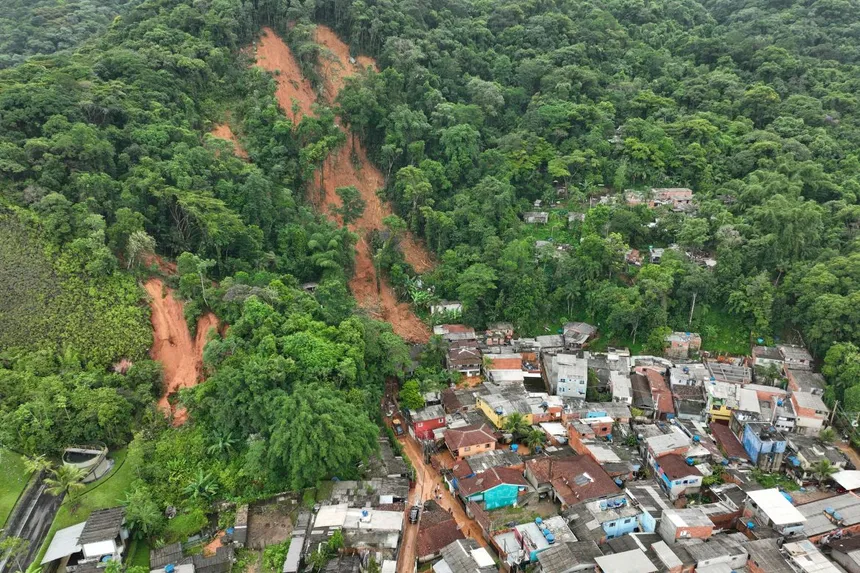A recent study revealed that human-induced climate change contributed to the devastating floods that hit southern Brazil, killing 169 people, destroying homes, and affecting millions. The research suggested that the intense and prolonged flooding was at least twice as likely due to human activities such as burning fossil fuels and deforestation. The finding has significant implications for the region, highlighting the urgent need for a sharp reduction in greenhouse gas emissions to mitigate the impact of future extreme weather events.
The floods, which occurred in the state of Rio Grande do Sul and parts of Uruguay, were a record-breaking disaster, with the city of Santa Maria setting a new 24-hour rainfall record of 213.6mm. The state capital, Porto Alegre, was inundated with two months’ worth of rain, transforming roads into rivers and football stadiums into lakes. The economic cost of the disaster is estimated to exceed $1bn, and the impact on agriculture is expected to raise prices of essential products across the country.
The study found that the catastrophe was worsened by deforestation, which has cleared natural flood defenses such as riverside forests and marshes, making the region more vulnerable to flooding. The authors noted that in recent years, municipal governments had cut investment in flood defenses despite warnings of the increased risk of flooding due to manmade climate disruption. The flood barriers in Porto Alegre, which were designed to withstand 6 meters of water, began to fail at 4.5 meters.

Scientists from the World Weather Attribution group confirmed the powerful human influence on the flooding disaster, which was the fourth to hit the region in the past year and a half. The study found that human-driven climate change made the extreme rainfall two to three times as likely and about 6% to 9% more intense. The influence was similar to the natural effect of the El Niño phenomenon.
The researchers analyzed a four-day and a 10-day period of the floods, combining weather observations with results from climate computer models. They found that global heating has pushed the tropical belt further south, blocking cold fronts from Antarctica and making flooding more common in the region. As a result, the frequency and intensity of heavy rain events are expected to increase, exacerbated by the natural effects of El Niño and La Niña events.
Looking ahead, the study suggests that disasters like this will become more frequent and severe if global heating rises to 2C, which is increasingly likely. The authors emphasized the need for comprehensive urban planning, greater investment in flood defenses, and closer attention to equitable social development to minimize the potential impact of future disasters.
To avert the worst effects of climate change, it is essential to rapidly reduce the burning of trees and fossil fuels, which is causing ever more destruction across the world.

